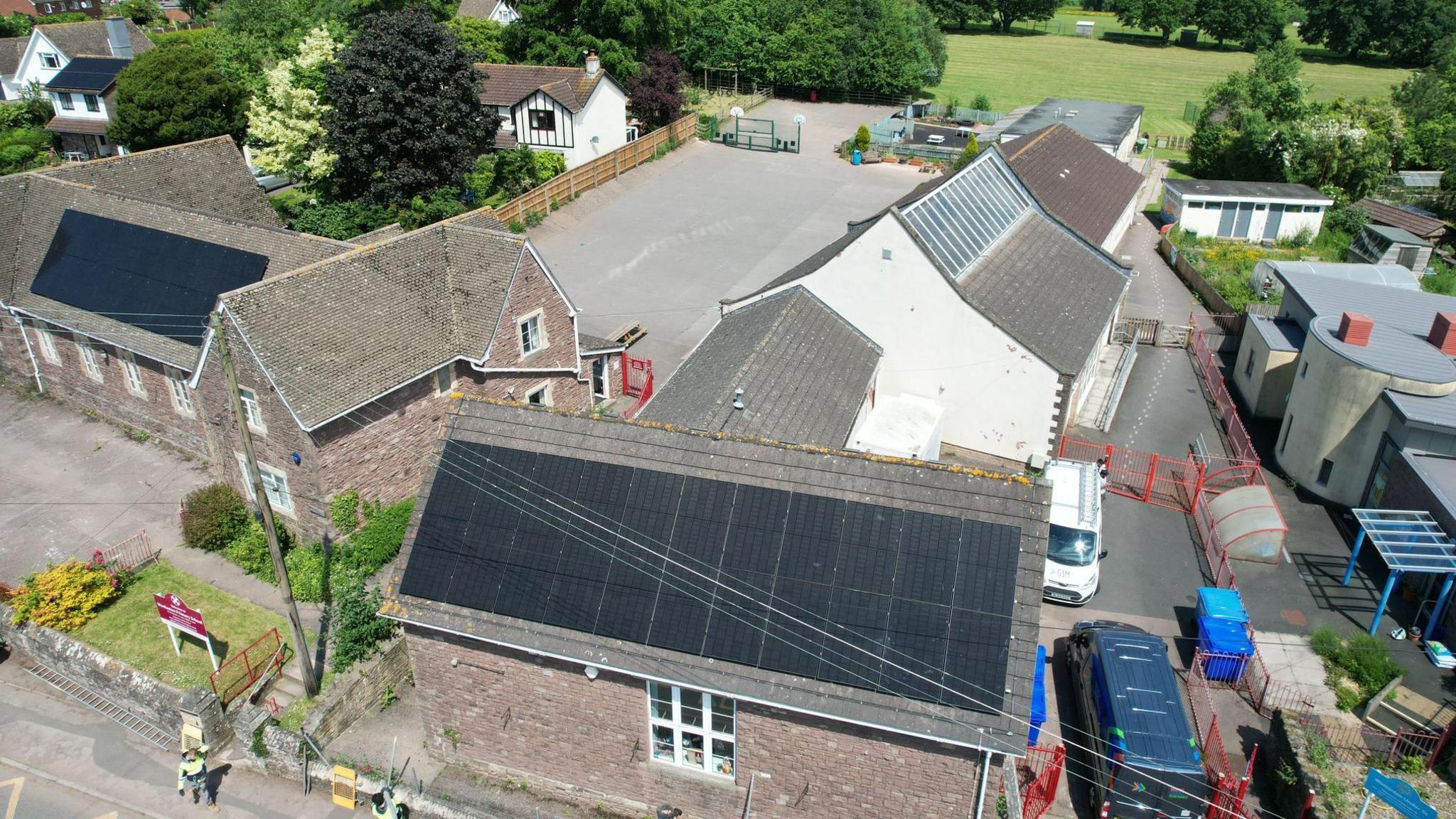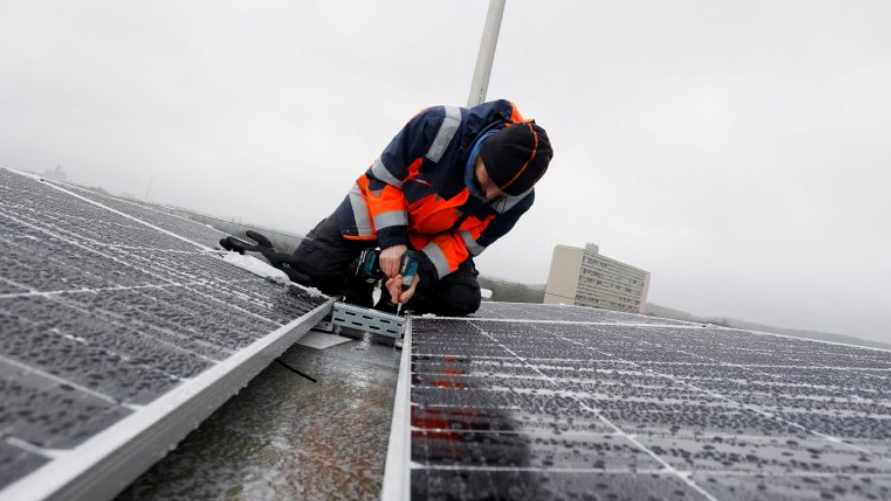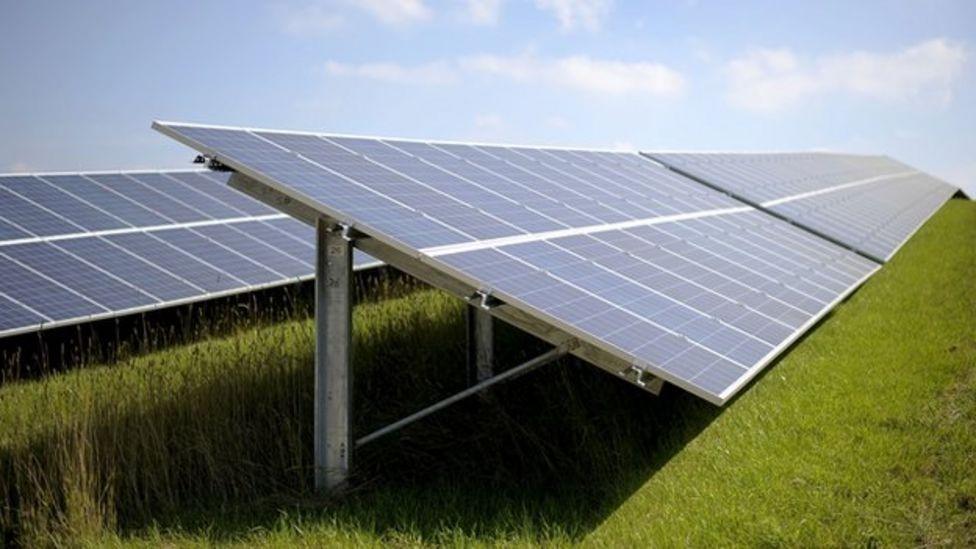Six schools trial £2m solar panel rollout

Solar panels are to be installed on maintained schools across Gloucestershire as part of the council's efforts to become carbon neutral
- Published
Six schools have had solar panels fitted as part of a £2m investment to reduce carbon emissions.
The panels are predicted to save £4,360 per school each year, and cut carbon dioxide emissions by 500 tonnes (500,000 kg) annually.
Gloucestershire County Council is rolling out the pilot as part of the authority's mission to become carbon neutral by 2045.
Cabinet member for finance and change, councillor Lynden Stowe, said: “I hope the measures will encourage more people to follow suit and install solar panels on their homes and businesses.”
The six schools spearheading the project are Nailsworth Church of England Primary, Harewood Junior in Tuffley, St John's Primary in Cheltenham, Ashchurch Primary in Tewkesbury, Stow-on-the-Wold Primary and Woolaston Primary in Lydney.
A report going to cabinet on 24 July states 85 out of 100 council-maintained schools could be suitable for the solar panels in the future.

Up to 85 maintained schools in Gloucestershire could have solar panels by 2027
Cllr Stowe continued: "Schools have been very receptive to the plans, which will help them generate savings by reducing their energy bills.
"We’re committed to meeting our climate targets and this proposal will help by decreasing carbon emissions at schools.
The rollout to other schools is planned to take place in stages from October 2024 to March 2027.
Council officers have recommended cabinet members approve the release of up to £2m from the budget for the initial stage.
A procurement process would then follow to arrange contracts for the purchase and installation of the panels.
What is climate change?
Climate change is the long-term shift in the Earth's average temperatures and weather conditions.
Over the last decade, the world was on average around 1.2C warmer than during the late 19th Century.
It has now been confirmed that global warming exceeded 1.5C across the 12 month period between February 2023 and January 2024. That followed 2023 being declared the warmest year on record.
The temperature increase was driven by human-caused climate change and boosted by the natural El Niño weather phenomenon.
Follow BBC Gloucestershire on Facebook, external, X, external and Instagram, external. Send your story ideas to us on email or via WhatsApp on 0800 313 4630.
- Published8 May 2024

- Published27 July 2023

- Published29 September 2023

- Published8 August 2023
